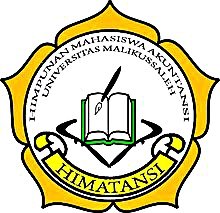
Assalamu'alaikum hive friends, how are you, have a nice day..
As usual, I did my usual activities, from getting up in the morning, taking my sister to school, and entering lectures.
Okay, this time I share our lecture material today, the first is accounting information system lecture material about E-BUSINESS. The second is sharia accounting lecture material which discusses musharaka accounting issues.
Material 1: E-BUSINESS
The term e-business to refer to all advanced uses in information technology (IT), particularly network and communication technologies, to improve the way organizations conduct all of their business processes. Thus, e-business is not only an organization's internal and external interactions with suppliers, customers, investors, creditors, governments, and the mass media, but also includes the use of information technology to redesign its internal processes. In contrast, e-commerce is a narrower concept, referring only to the electronic conduct of business transactions, such as buying and selling.
Lots of new terms starting with e- describe various business activities made possible by technology. Recently, additional terms starting with m- were coined to refer to business activities carried out using wireless communication technology (m- stands for mobile). If a business process uses wireless communication equipment or not, the difference is only in the medium that does not warrant the emergence of other terms. However, the qualitative differences in efficiency and effectiveness between technology-enabled activities and manual, paper-based business processes, are important enough to justify the differences between e-business and traditional business activities.
Before internet access was common and easily available, organizations had the option to choose when and how to engage in e-business. At that time, e-business was a potential source of competitive advantage, but now that is no longer true. Today, for organizations in various industries, engaging in e-business by itself does not provide a competitive advantage, but it could if organizations use it to more detectively implement their basic strategies and increase the effectiveness and efficiency of their value chain activities.
1. E-BUSINESS models :
I. B2C (Business to Consumer)
II. B2B (Business to Business)
III. B2G (Business to Government)
IV. B2E (Business to Education)
2. Effects of E-Business on business processes
E-business involves the use of communication and network technologies, rather than paper documents, to exchange information. Electronic data interchange (EDI) is a standard protocol for electronically transferring data
information between organizations as well as in various business processes. EDI allows the information output of one system to be electronically transmitted and become input for other systems. By eliminating the need to manually re-enter data, EDI increases accuracy and reduces costs by reducing the time and expense associated with document delivery, document processing, and paper document storage.
Although EDI has existed since the 1970s, until now its use has been mainly limited to large companies. Two new developments, namely the Internet and XML, have removed this barrier. The Internet eliminates the need for using a dedicated third-party network to transmit EDI messages. XML, which stands for eXtensible Markup Language, is a set of standards that define the content of data in a Webpage. A further refinement of XML, namely ebXML, sets the standard for encoding common enterprise documents such as sales invoices, remittances, and purchase orders. An important feature of ebXML, is that it eliminates the need for special software to translate documents created by different companies. This feature provides an easier and cheaper alternative to EDI, as a tool to engage in e-business.
3. E-Business Success Factors
There are two important factors in determining the success of the steps to enter into e-business. The first factor is the level of conformity and support of e-business activities to the company's overall strategy. The second factor is the ability to ensure that e-business processes meet the three key characteristics required in any business transaction: validation, integrity, and privacy.
4. Main Characteristics of Business Transactions
The second critical factor for e-business success is ensuring that e-business processes have three fundamental characteristics that must be present in every business transaction-namely validity, integrity, and privacy (VIP):
- Validity, Both parties in a transaction must be able to state the authenticity of the identities of both parties to ensure that the transaction is valid and valid.
- Integrity, Both parties to a transaction must be sure that the information exchanged is accurate and not changed during the transmission process.
- Privacy, Privacy or confidentiality of business transactions and any information exchanged in such transactions must continue to be properly stored, if desired by either party.
............ (This first material was taken from our lecturer)............
Meteri 2: MUSYARAKAH ACCOUNTING
Understanding Musharaka Accounting
Musharaka comes from the syirkah language. Etymologically, syirkah means ikhtilath (mixing), namely the mixing of one property with another, so that it cannot be distinguished between the two. Syirkah is used for a business partnership transaction.
According to IAI in PSAK number 106 paragraph 4, Musyarakah is a cooperation agreement between two or more parties for a particular business, where each party contributes funds based on the portion of the contribution of funds. These funds include cash or non-cash assets (which are permitted by sharia).
Based on the definition of musharaka, we can conclude that musharaka financing is financing provided by the parties who open or run a business, and the parties are also involved in the finances of the business with an agreement that has been decided together.
According to IAI in PSAK No. 106 paragraph 4 there are two types of musyarakah financing, namely:
- Permanent Musharakah
- Musyarakah decreases (Musyarakah mutanaqisha)
Pillars of Musyarakah Transactions
- Ijab-Kabul
- Two parties who are community and have skills in asset management
- The object of the contract
- Profit sharing nisab
Musharakah Credit Risk
Islamic banks face potential credit risk (cresit risk) caused by default or default customers.
Islamic banks face potential market risk caused by exchange rate movements if financing is provided in foreign currencies.
Islamic banks face potential operational risks caused by inadequate internal processes, internal process failures, human errors, system failures, and external events that affect bank operations.
Islamic banks face potential rate of return risk.
Islamic banks face potential investment risk (equity investment risk)
Types of Musharaka
- Musharakah Al-milk (ownership)
- Musharaka 'uqud (contract)
............ ( This first material was taken from our lecturer)...........
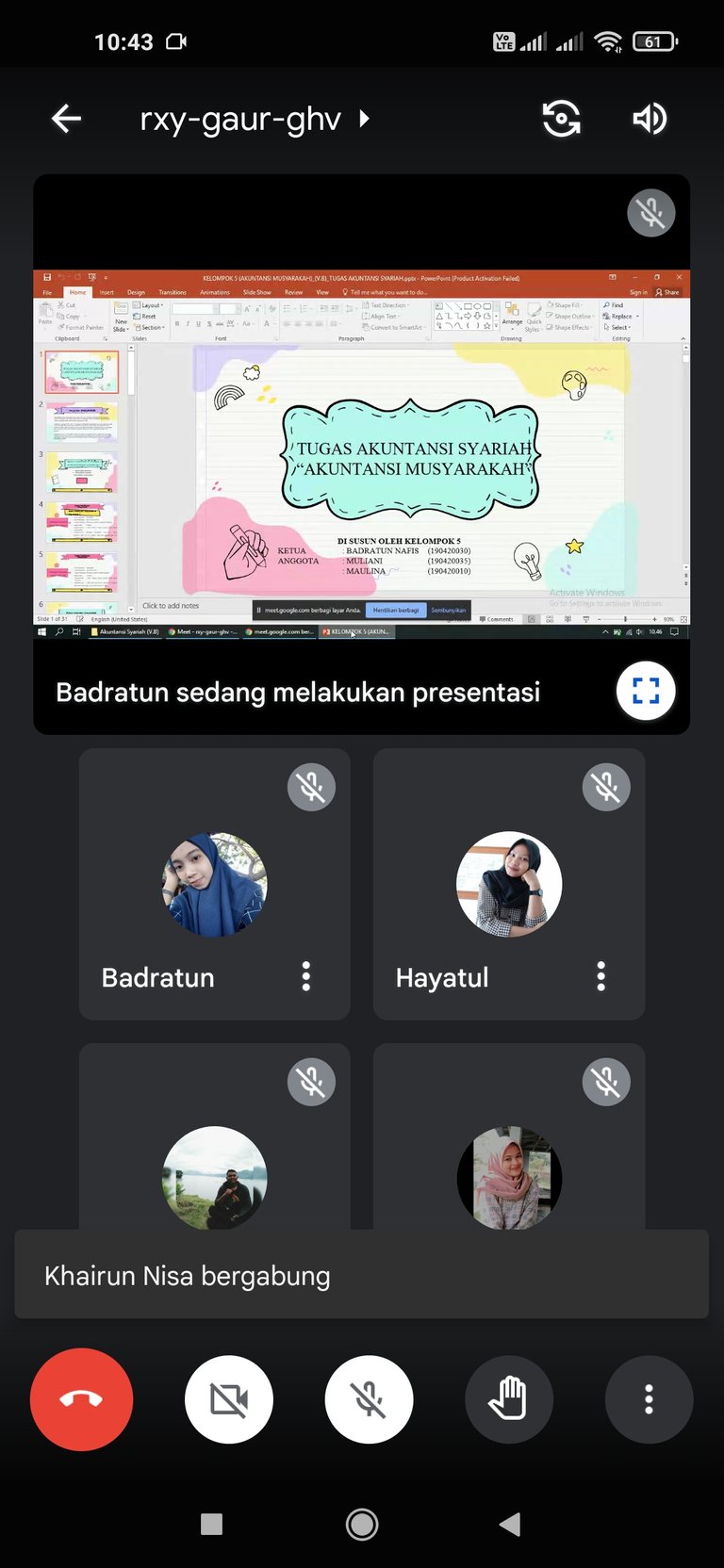
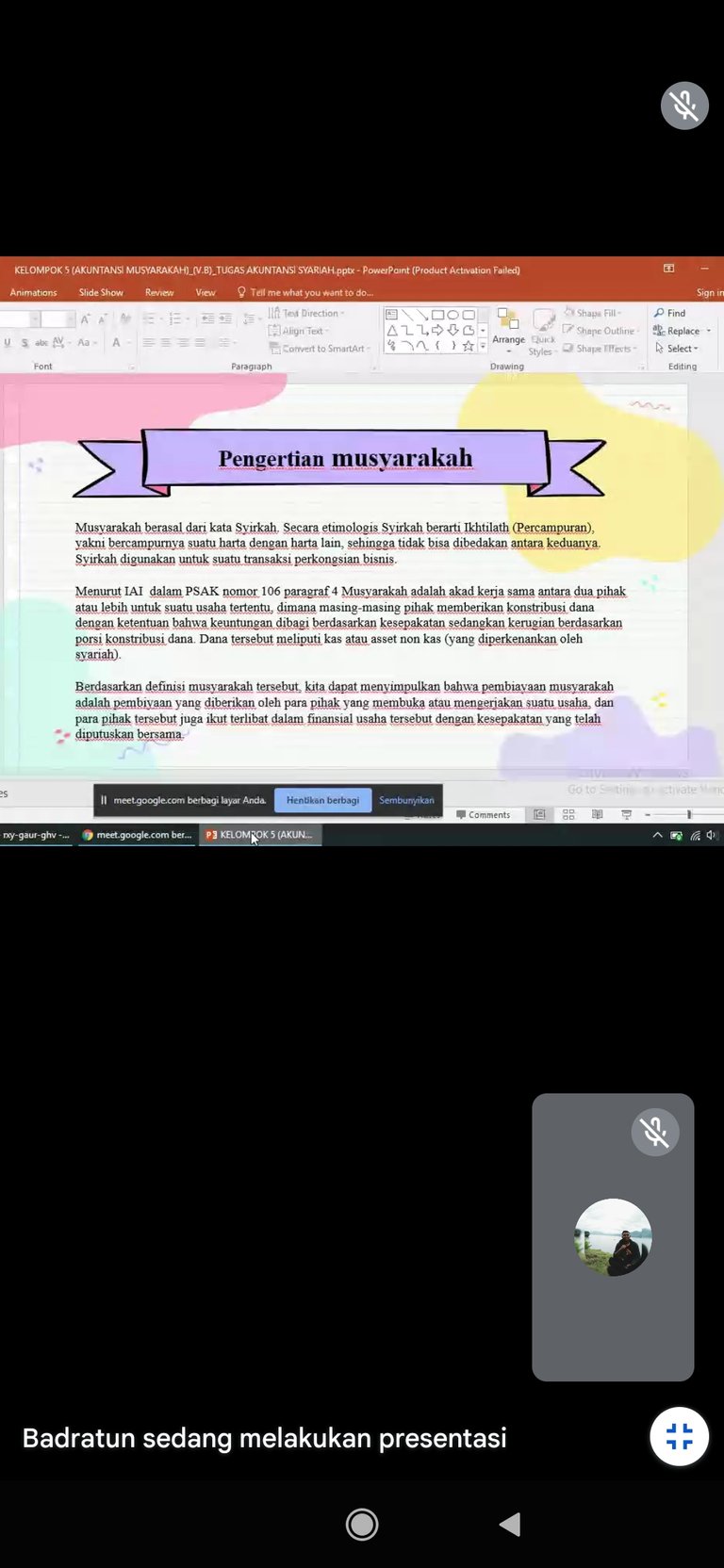
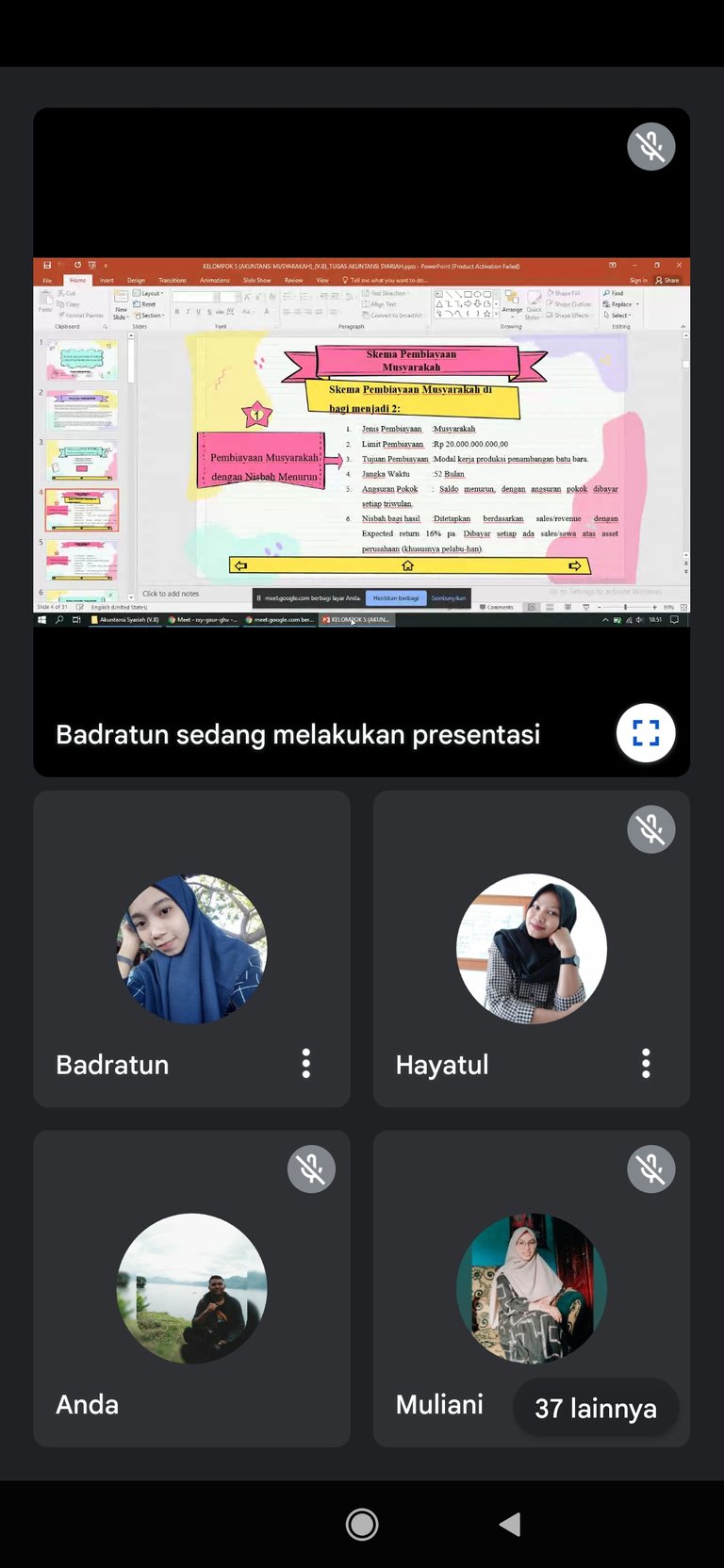
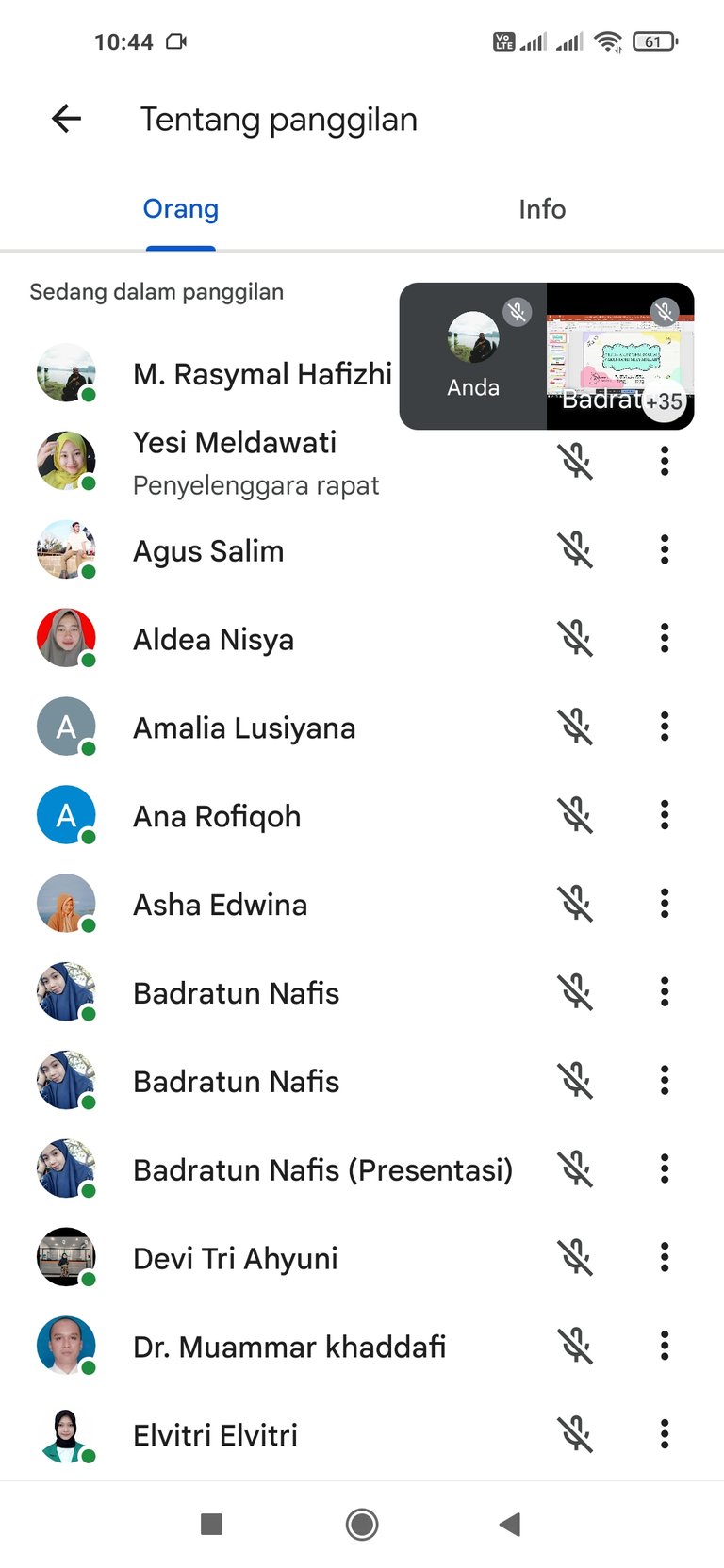
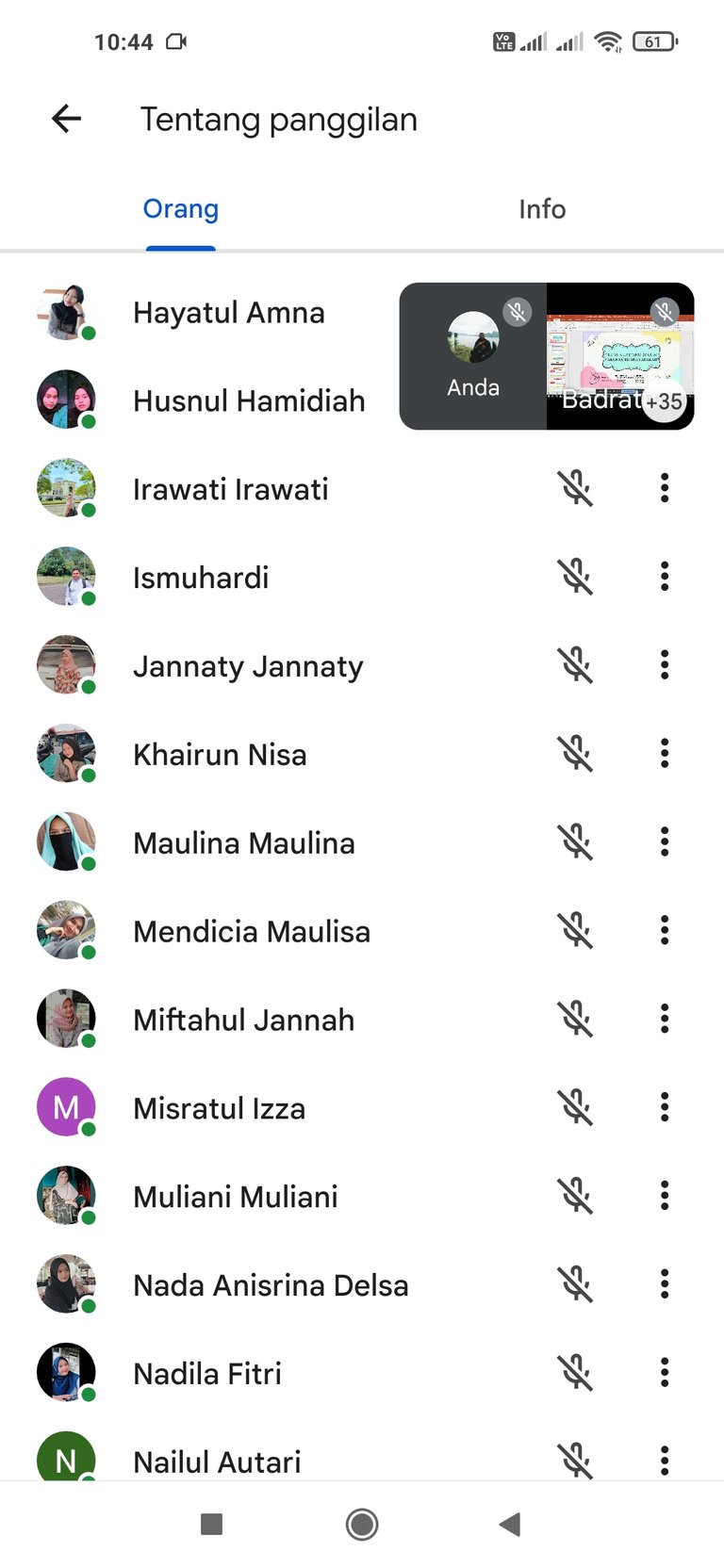
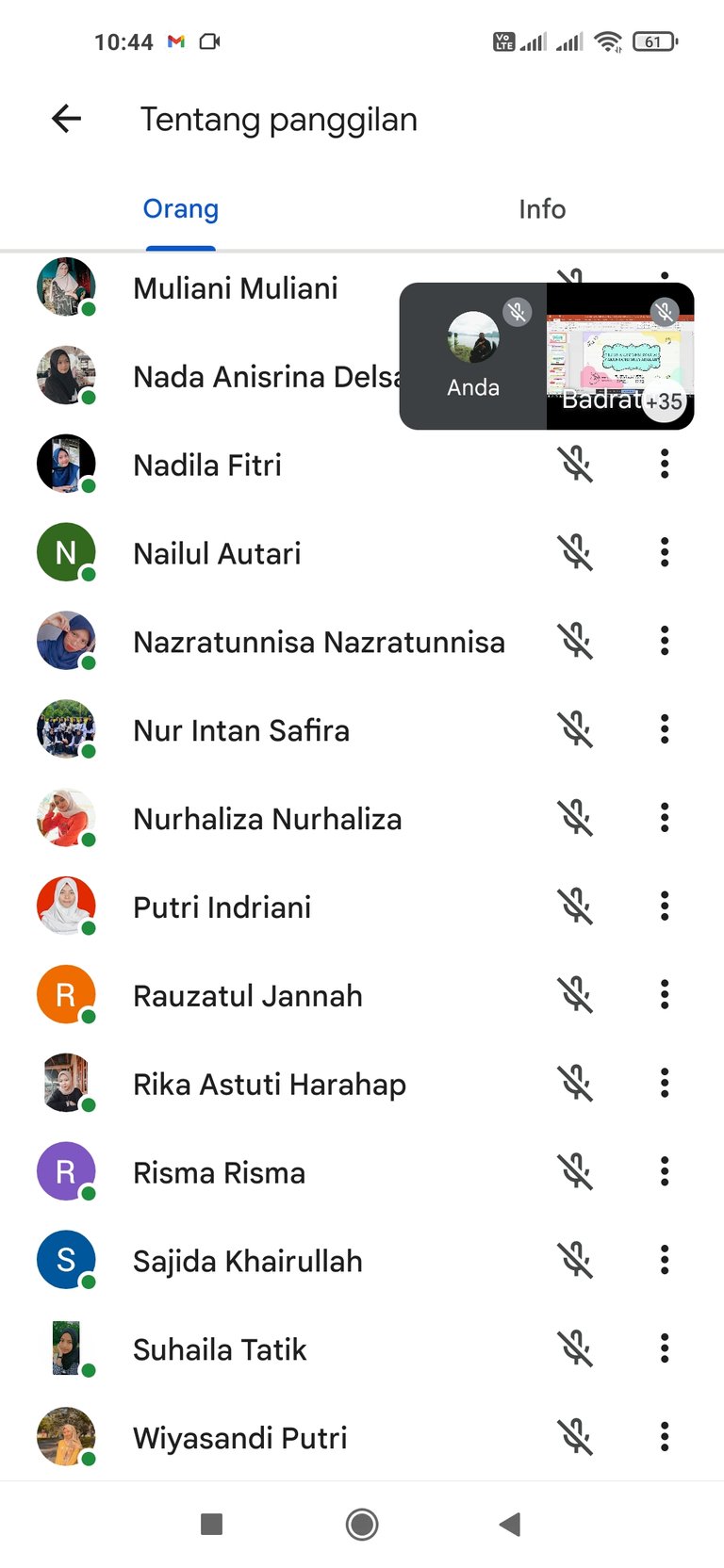
that's all from my story this time, I hope you enjoy my writing and hopefully I can continue to grow and contribute to this beloved platform, honestly I'm very happy to be here because I can share my complaints or happiness. nice to know you and thanks also to all my friends @nbs.gmbh, @mbp, @s4s and others who have voted positive for me, have a nice day and don't forget please remember me help me if I make a mistake hopefully we can remember each other...
Amen.

#nbs.gmbh #ecency #altonos #lovesniper #appreciator #originalcontent #ocdb #poshtoken #creativecoin
Source of plagiarism
Direct translation without giving credit to the original author is Plagiarism. Repeated plagiarism is considered fraud. Fraud is discouraged by the community and may result in the account being Blacklisted.
Guide: Why and How People Abuse and Plagiarise
Please note that direct translations including attribution or source with no original content are considered spam.
If you believe this comment is in error, please contact us in #appeals in Discord.